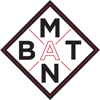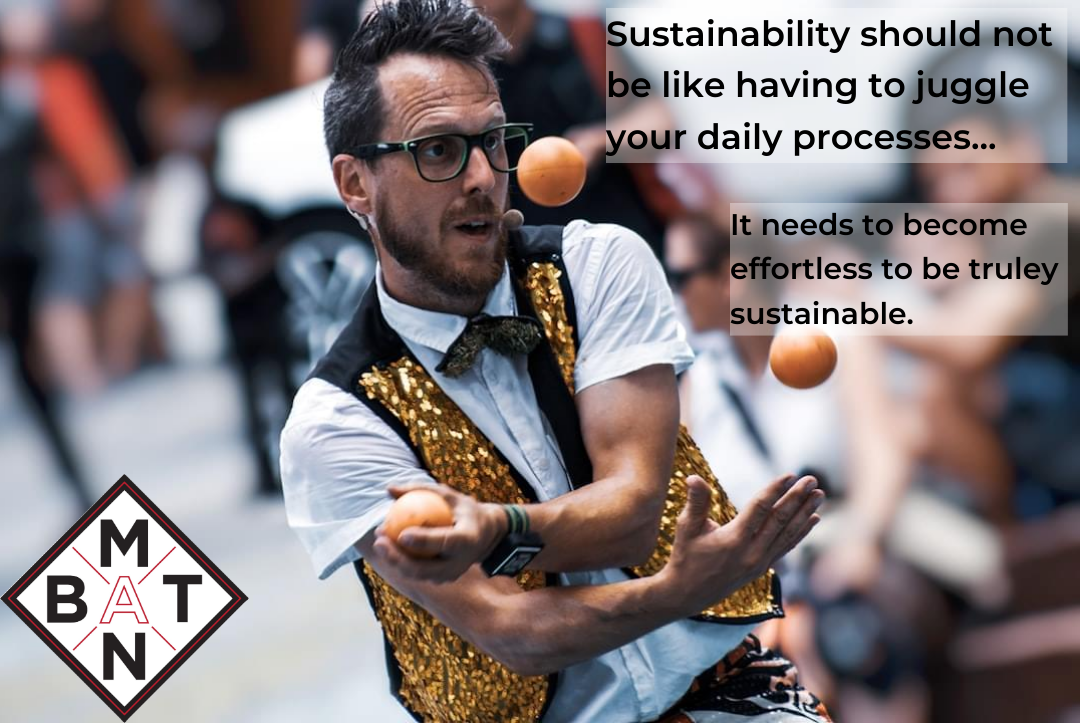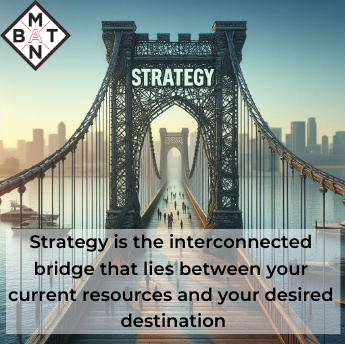Kaizen – Continuous Improvement
By Bruce Wade
We have all heard the term Kaizen. It is taught in business schools based on what Toyota implemented into their manufacturing strategy together with JIT (Just In time). It is now a regular term used for getting better each time you perform a task.
But let’s unpack this for a bit: (‘kai’) means ‘change’ or ‘the action to correct’ (‘zen’) means ‘good’.
Kaizen is a daily activity whose purpose goes beyond improvement. It is also a process that, when done correctly, humanizes the activity, eliminates overly hard work (both mental and physical), and teaches people how to perform experiments using the scientific method and how to learn to spot and eliminate waste in processes.
Kaizen must operate with three principles in place:
- process and results (not result-only)
- Systemic thinking (big picture, not solely the narrow view)
- Non-judgmental, non-blaming (because blaming is wasteful)
People at all levels of an organization participate in kaizen, from the CEO down, as well as external stakeholders when applicable. The format for kaizen can be individual, suggestion system, small group, or large group.
Whilst Kaizen usually delivers small improvements the culture of continual small improvements and standardisation yields large results in a form of compound productivity improvement. Hence the English translation of Kaizen can be: “continuous improvement”, or “continual improvement.”
The “zen” in Kaizen emphasizes the learn-by-doing aspect of improving production. This philosophy differs from the “command-and-control” improvement programs of the mid-twentieth century. Kaizen methodology includes making changes and monitoring results, then adjusting. Large-scale pre-planning and extensive project scheduling are replaced by smaller experiments, which can be rapidly adapted as new improvements are suggested.
Next time you perform a task, hold a meeting or sit down at your desk, take a moment and ask, “How could this be better?”









